#continuous glucose monitoring
Text
Tired: I have a giant horrible bruise because my diabetes tech/CGM tried to murder me again.
Wired: I've been gored by the Continuous Glucose Minotaur
#my life#diabetes#cgm#continuous glucose monitoring#continuous glucose monitor#not trek#continuous glucose minotaur#i do not bruise easily but damn it's carnage#sorry this is off-brand but this is the only social media site that i thought would appreciate this joke
47 notes
·
View notes
Text

[ @raccoon-queer ]
[id: a digital drawing of a disabled person. he has brown short hair, and is wearing a grey t-shirt and black shorts. he’s sitting with his legs crossed and is holding his hands over his legs. he has a continuous glucose monitor on his upper arm. the background is a light green to the right, and a darker green to the left, blending together in the middle. the artists signature says “Lav” with a heart next to it, placed on the persons leg. /end id]
#cripple punk#crip punk#physical disability#physically disabled#cripplepunk#c punk#cpunk#disability#disabled#actually disabled#continuous glucose monitoring#diabetes#art#digital art#disabled art#disabled artist
25 notes
·
View notes
Text
I recently got a Dexcom G6 (yay!), it’s great when it works but it disconnects a lot. Also today when I inserted my second-ever sensor I must have hit a vein because I bled a lot. Googled it and it said to take it out as the blood can affect the sensor… anyone else had these problems? I also read they can help replace bad sensors, is that true? They’re just so expensive and I can’t afford to buy more yet.
6 notes
·
View notes
Text
The Best Blood Glucose Monitoring Device for Home Use in India: A Comprehensive Guide
Blood glucose monitoring is a crucial aspect of diabetes management. Regular monitoring of blood glucose levels can help diabetics maintain healthy blood sugar levels, prevent complications, and live a healthy life. In India, where diabetes is a growing health concern, the availability of various blood glucose monitoring devices can be overwhelming. In this article, we will discuss the best blood…

View On WordPress
#Accu-Chek Active#blood glucose monitoring#continuous glucose monitoring#diabetes management#Health#home use#India
2 notes
·
View notes
Text
Hey what's up, I'm Claudia, I'm t1d, I live in a country with universal healthcare, and I think we should put less blame on non-diabetic ig sport influencers who use cgm and more on the american health insurance system for making diabetics pay for life-saving medication, therapy and devices that should be free and accessible for them in the first place, thanks for listening to my ted talk, peace out.
#diabetes#type 1 diabetes#cmg#dexcom#dexcom g6#freestyle libre#dblg1#diabeloop#continuous glucose monitoring#insulin#insulin pump#accu-chek#glucometer#healthcare#universal health coverage#american health system#american health insurance#american healthcare
2 notes
·
View notes
Text
So I got a new nanny watch.
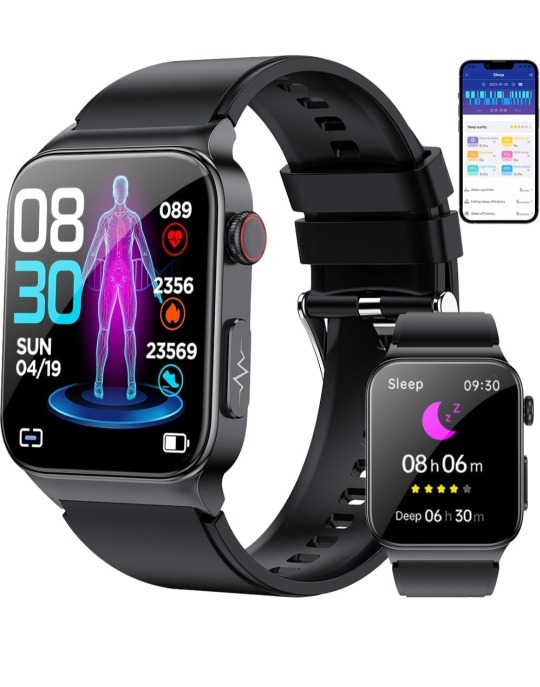
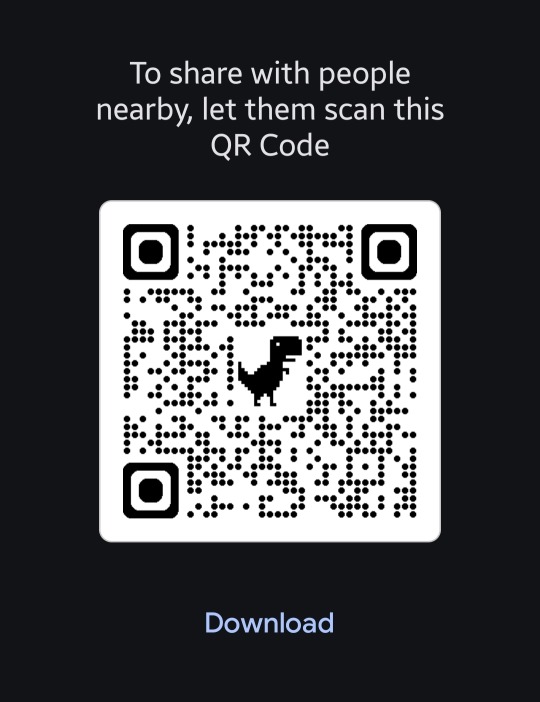
MOSOKI
Smart Watch for Men Women
https://a.co/d/dSdGNmc
For more info, see the previous post.
Part of my motivation for getting a new watch was that my old one had snapped the band. The other part, to be fair, is that I've been having a bunch of odd, non-specific symptoms. I have also asked my primary to do some bloodwork. She had no problem with any of the tests I requested. However, she had a feeling the insurance would be upset with a fishing expedition. So we broke my requests up into a couple of batches. Hopefully, as we move forward, we will have more clarification and a better idea of where to look.
For years, I have said that I have low blood sugar. I have gotten scoffs and derision from many, especially my family. My Dad's family runs to Diabetes and Pancreatic Cancer(and Heart Disease and any Cancer you can name) So me having HYPOgylcemia? F*ing Hysterical!🤣😂🤣😂
But everyone forgets my grandpop (Dad's dad) could pack away Tastykakes by the metric ton and never gain a pound. I don't know if he was ever tested. My Mom had reactive hypoglycemia. Basically, it is pre-diabetes. Your body doesn't handle sugar well. When you eat your body overreacts and sends out too much insulin. This makes your blood sugar drop too low.
True primary hypoglycemia is unusual. It is usually caused by something. It is just a matter of finding out what is causing it.
My thought is that having an idea of when(and maybe what) is triggering the lows and or highs might be helpful. Even if the numbers aren't accurate, the same should not be true for the trends.
These newer watches are very clear that these are wellness devices only. That they are not meant as substitutes for medical care.They are not approved in the US for Medical devices. They are making these overseas,(*cough* China *cough*) where there are different guidlines for these types of devices. They do have alarms for danger levels like low/high blood sugar, High pulse, irregular heart beat, hypoxia(low oxygen in the blood) and sleep apnea.
That being said, it already has been and I assume it will continue to be increasingly more so incredibly fascinating.
My blood sugar, well everything, seems to randomly jump about, up and down, at the whims of a madman. My temperature is sharing Mother Nature's menopause.(I did think that was part of my own problems but blood tests have indicated that is not the case.
Whatever is going on, it is clear that there is SOMETHING, at least. That's progress.
Ask any person who has chronic illnesses. It can be hard convincing doctors to take you seriously. I've had my share of that. Most of mine are good, but sometimes they slip. I do understand.
I get the weird shit. Do you know the saying, "if you hear hoofbeats think horses"?
Well, when a new doctor or nurse gets smarmy and says that crap? I have a pre-programmed response.
I'm a pygmy zebra running down Broadway in the middle of rush hour.
Believe it or not, that actually came from one of my doctors. I don't remember if it was my first endocrinologist or the surgical oncologist. They noted that if something happens to me, it may not be fatal, but it will be strange.
With me? It's never horses.
Hopefully, with this watch, I will be able to find the hoofprints and estimate the size of the zebra and in which direction it is heading.
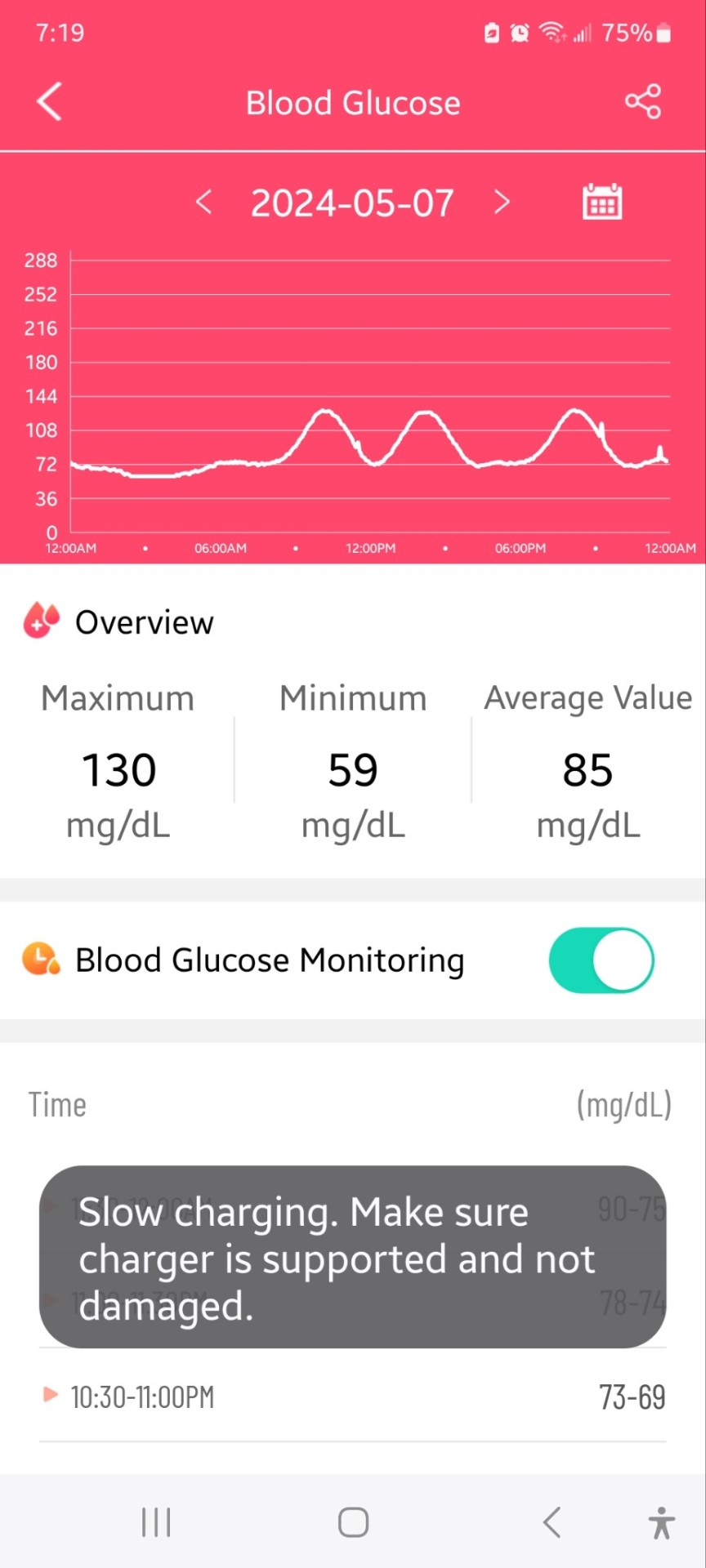

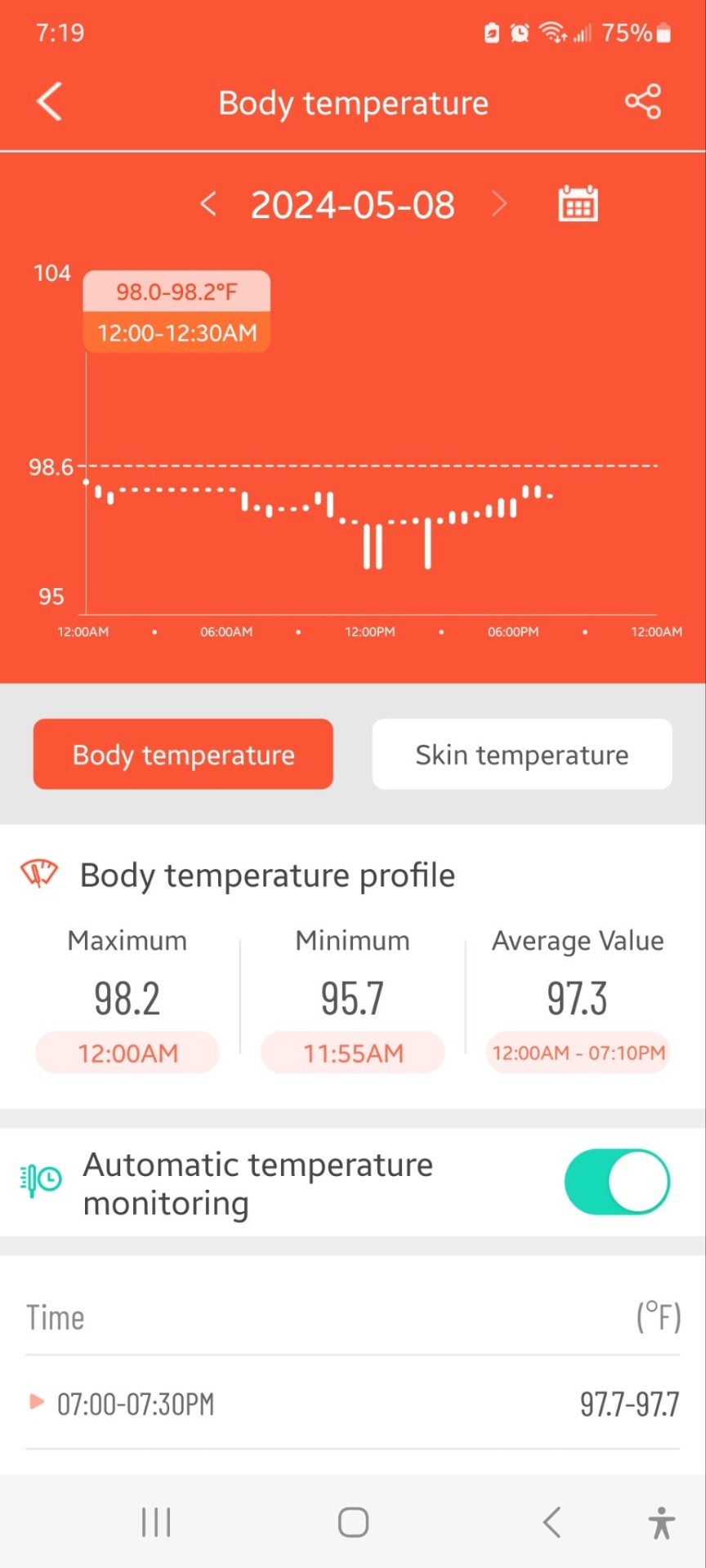
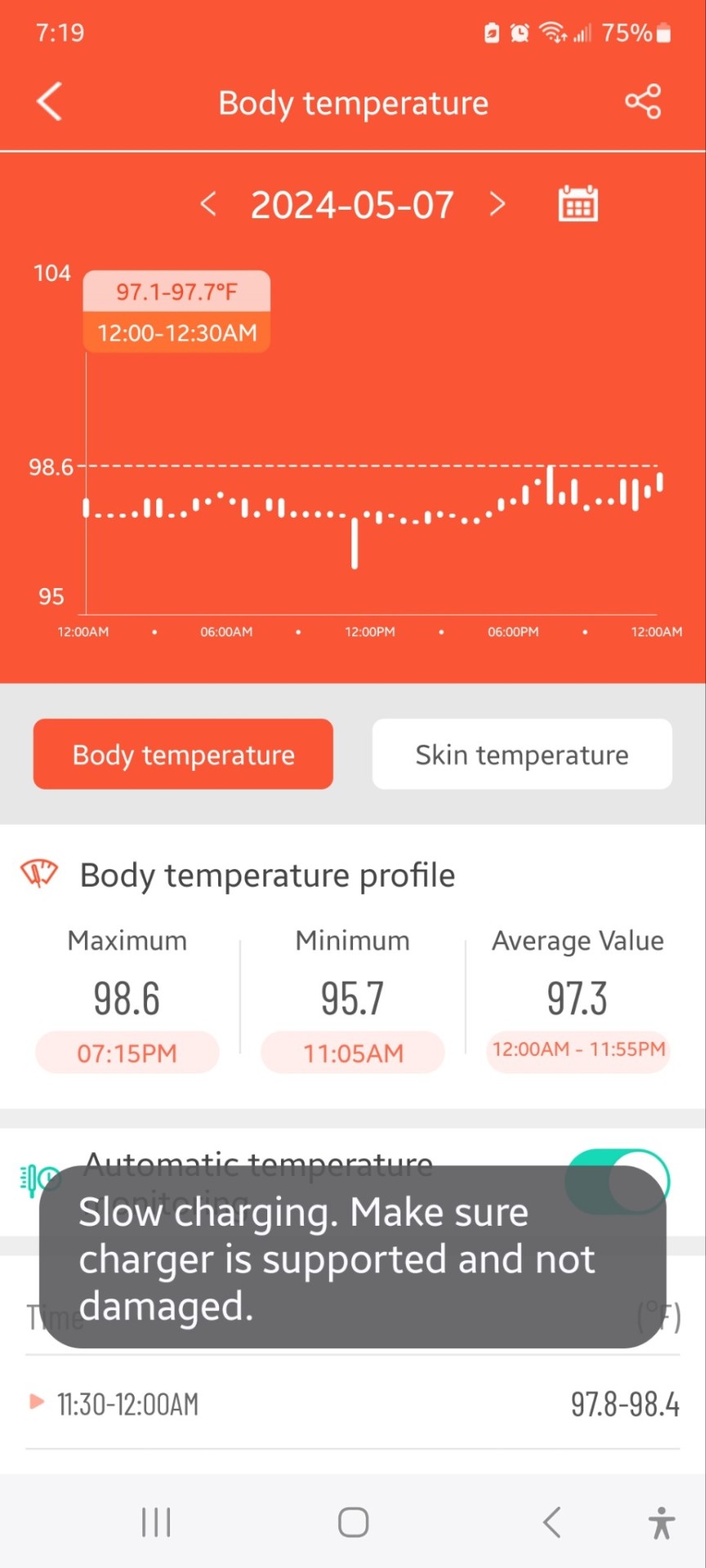

So for lows, I'm getting down to 95° core temperature and 59ml/dg blood sugar.
In the other direction, I had a temperature of 98.7° for a "record" high. and 130 for a high blood sugar.
#nanny watch#smart watch#fitness tracker#health tracker#health monitoring#continuous glucose monitoring#blood pressure monitor#Body temperature monitoring#pulse oximeter#Sleep Monitoring#Active alert monitoring
0 notes
Text
Continuous Glucose Monitoring Systems (CGMS): Revolutionizing Diabetes Management
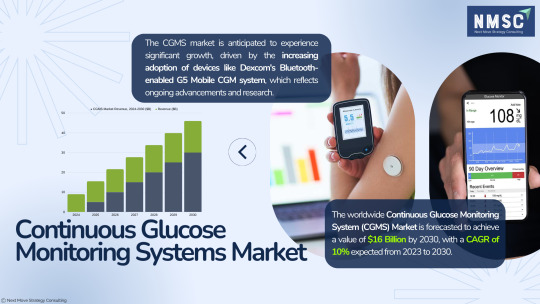
The landscape of diabetes management is witnessing a significant transformation, primarily fueled by the advent and adoption of the Continuous Glucose Monitoring Systems (CGMS) Market. These innovative devices offer real-time insights into glucose levels, empowering patients with diabetes to make more informed decisions regarding their diet, exercise, and medication.
The evolution of CGMS technology not only marks a leap towards enhanced quality of life for individuals with diabetes but also unfolds a new chapter in the cost-effectiveness and accessibility of diabetes care. This article delves into the burgeoning CGMS market, highlighting its implications for cost-effectiveness in diabetes management and examining the shifts in insurance policies and healthcare regulations that are broadening its reach.
Secure a FREE sample: https://www.nextmsc.com/continuous-glucose-monitoring-systems-market/request-sample
The Rising Tide of CGMS Adoption
The global CGMS market is on an upward trajectory, driven by a growing prevalence of diabetes, technological advancements, and an increasing awareness of the benefits of continuous glucose monitoring. These devices, which measure glucose levels at regular intervals throughout the day and night, offer a dynamic picture of blood glucose trends. Unlike traditional blood glucose meters, CGMS provide users with actionable insights to preemptively manage glucose highs and lows, potentially reducing the risk of complications associated with diabetes, such as cardiovascular disease, nerve damage, and kidney failure.
Cost-Effectiveness of CGMS: A Closer Look
The initial cost of CGMS, including the purchase of the device and ongoing expenses for disposable sensors, may seem steep compared to traditional fingerstick glucose meters. However, a deeper analysis reveals a different story when considering long-term healthcare costs associated with diabetes management. Studies have shown that CGMS can lead to a significant reduction in HbA1c levels, which correlates with a decreased risk of diabetes-related complications. By preventing these complications, CGMS can offset their upfront costs through savings on future healthcare expenditures, such as hospital admissions, treatments for complications, and reduced need for emergency care.
Moreover, CGMS can enhance the quality of life for individuals with diabetes, offering them peace of mind and reducing the burden of constant blood glucose monitoring. The ability of CGMS to provide real-time feedback and alerts can also improve glycemic control, further contributing to its cost-effectiveness.
Insurance Coverage and Healthcare Regulations: Expanding Access to CGMS
Recognizing the long-term benefits and cost savings associated with improved diabetes management, insurance providers and healthcare policymakers are increasingly supporting the adoption of CGMS. In recent years, there have been notable changes in insurance policies and healthcare regulations that are making CGMS more accessible to a broader population.
Medicare and Medicaid: In the United States, Medicare expanded its coverage for CGMS, including for individuals with Type 1 and Type 2 diabetes on intensive insulin therapy. This decision has set a precedent, encouraging other insurance providers to follow suit. Medicaid coverage for CGMS also varies by state, but there is a growing trend towards inclusion, especially for patients demonstrating a need for intensive glucose monitoring.
Private Insurance: Many private insurance companies have revised their policies to cover CGMS for a wider range of patients, including those with Type 2 diabetes not on insulin. These policy changes are often based on accumulating evidence supporting the clinical and economic benefits of CGMS.
International Perspectives: Beyond the United States, countries across Europe, Asia, and elsewhere are also expanding access to CGMS through national healthcare systems and insurance schemes. This global shift is facilitated by the recognition of CGMS as a tool for proactive diabetes management, capable of reducing long-term healthcare costs.
Regulatory Support: Healthcare regulators, such as the U.S. Food and Drug Administration (FDA), have been proactive in approving new CGMS technologies, further driving market growth. Regulatory support has also encouraged innovation, leading to the development of more accurate, user-friendly, and affordable CGMS options.
Inquire before purchasing: https://www.nextmsc.com/continuous-glucose-monitoring-systems-market/inquire-before-buying
Challenges and Future Directions
Despite the promising trajectory of the CGMS market, challenges remain, including disparities in access due to socioeconomic factors, the need for ongoing patient education and support, and the integration of CGMS data with healthcare systems for optimal diabetes management. Addressing these challenges requires a concerted effort from device manufacturers, healthcare providers, insurers, and policymakers.
As the CGMS market continues to evolve, future directions may include further technological advancements, such as non-invasive monitoring methods, integration with insulin pumps for automated insulin delivery, and enhanced data analytics for personalized diabetes management. Additionally, continued efforts to expand insurance coverage and reduce out-of-pocket costs for patients will be crucial in making CGMS accessible to all individuals with diabetes, regardless of their economic status.
Conclusion The CGMS market is at the forefront of a paradigm shift in diabetes management, offering promising prospects for improved glycemic control, enhanced quality of life, and long-term cost savings. As technology advances and healthcare systems adapt, CGMS is set to become an integral component of diabetes care. The ongoing expansion of insurance coverage and supportive healthcare regulations are pivotal in ensuring that the benefits of CGMS can be realized by a diverse population of patients with diabetes, marking a significant step forward in the quest for more effective, efficient, and equitable diabetes management.
Also Browse:
0 notes
Text

Glucose Meters play a key role in helping diabetics keep track of their blood sugar levels (BSL), but they may not be practical when patients need to keep a closer eye on their readings. Continuous Glucose Monitors (CGM) fulfill this need seamlessly, taking readings every 10 to 15 minutes.
Read the full blog here: https://www.freedomfromdiabetes.org/blog/post/continuous-glucose-monitors---things-you-need/1561
#continuous glucose monitoring#continuous glucose monitoring devices#continuous glucose monitoring india#continuous glucose monitoring device india
0 notes
Text
continuous glucose monitoring
continuous glucose monitoring
1 note
·
View note
Text
GS1 CGM - 24/7 Glucose Monitoring

Discover the SIBIONICS Continuous Glucose Monitoring GS1 (CGM) System. Experience real-time glucose insights for 14 days without scanning or finger-pricking. Calibration-free and waterproof for hassle-free health monitoring at home.
0 notes
Text

• this user uses a CGM •
[id: a dark purple userbox with a black border, to the left there’s is a picture of the blue diabetes ribbon, to the right is black text reading: “this user uses a CGM”. /end id]
#cripple punk#crip punk#cripplepunk#physical disability#physically disabled#c punk#cpunk#diabetes#diabetes type 2#diabetes type 1#cgm#continuous glucose monitoring#this user#userbox
25 notes
·
View notes
Text
https://www.secondmedic.com/blogs/cgms-unveiled-how-these-smart-devices-are-revolutionizing-diabetes-care
0 notes
Text
7 Pump Patches That Will Revolutionize Your Diabetes Management: The Ultimate Guide
Discover the latest pump patches that can revolutionize your diabetes management. Say goodbye to traditional methods with these innovative solutions.
Introduction to Pump Patches
Diabetes management has come a long way, and pump patches are the latest innovation in this journey. These nifty devices offer a new level of control, convenience, and comfort for those grappling with diabetes. In this…

View On WordPress
#Adhesive Patches#blood glucose control#continuous glucose monitoring#Cost Considerations#Diabetes Management#FAQ#Healthcare Technology#Insulet#Insulin delivery#insulin pumps#Lifestyle Convenience#Medical advancements#Medtronic#Omnipod#Pump Patches#Tandem#Type 1 Diabetes#Type 2 Diabetes#user reviews
1 note
·
View note
Text
I'm tickled by how cool the latest Libre update is, turning the 2 into a CGM but at the same time I'm kinda pissed?
Hear me out: back last year my husband downloaded some software onto my phone to jailbreak the Libre into a CGM. He is techy, if I try hard I can be too, but I have attention span issues so without him looking into it I would never have done it.
My Hba1c before he did this was 52 (I think). My latest is 44. But more importantly my time in range has increased by significantly decreasing my hypos from 11% to 3%. Thats a 8% drop. It's massive. Especially at the same time as such a good hba1c drop.
Now, the reason I'm mad is that Libre have had this ability all along, but were holding out on it. We know it was there because how would the alarms work without it, so why didn't they just always make it this way? Originally it was gonna be the 3 that had the functionality but now it's available everywhere. I could have missed out on those improvements, people probably have been missing out on those improvements and any improvement can help long term outcomes. I'm sure they have a dumb "we didn't test it" or "we couldn't do the tech" reason if I asked, but whatever, I don't believe them. I feel like they've realised the 3 isn't gonna make them anymore money (I don't think the NHS has approved it but I haven't been looking so may be wrong) and just went "shit, well, let's get more people to stay on this" (again, this is a UK POV but our NICE guidelines now say all diabetics should have access to CGM not just flash, so in the near future more diabetics would be pushing for dexcom etc and not being able to be declined (in theory))
Anyway, I'm getting a Dexcom next week as I'm upgrading to t:slim hopefully v soon when the funding is through so this won't impact me much for much longer. I've still got x-drip coz the alarms are better and I have widgets on my home screen which is cool and a number in my top bar, plus my watch. I do like Libre, it's certainly miles ahead of where it was back when I first got one in 2015 but they could do a few things to improve (add calibration options maybe, widgets, alarm snoozes etc). And I just think that the big companies should stop doing us dirty by holding out on us and hope everyone struggling gets some benefit from the change.
#type 1 diabetes#type 1 diabetic#diabetes#type 1 problems#diabetes tech#libre update#cgm#continuous glucose monitoring
0 notes
Text
High Blood Sugar: 13 Reasons Your Glucose Levels Are Rising
https://www.nutrisense.io/blog/high-blood-sugar?utm_source=Klaviyo&utm_medium=email&utm_campaign=Non-member%20Newsletter%20%7C%20Aug%2024&utm_term=August_24_2022&utm_content=Campaign&_kx=W4QcvYAF5m1pDRDOA7Cg8BYX5stHqLs4BPt4Dv_-0oZ7JSfzBgCDGVktH3E_vTYh.VTnnDj
#health#nutrition#diabetes#prediabetes#type 2 diabetes#type 2 diabetic#high blood sugar#glucometer#continuous glucose monitoring#hyperglycemia#hypoglycemia#A1C#sugar#carbs#carbohydrate#glucose#fructose#lowcarb#carnivore diet#caveman diet#keto diet#Atkins diet
1 note
·
View note
Text
yes, yes, insulin should be free, but needles need to also be free. like fuck I should not have to pay to GIVE myself the medication I need to survive
#its like pay me for you insulin#now pay me for the thing you need to GIVE yourself the insulin#and also pay me for the test strips so you can check your blood sugar#oh and you one of those continuous glucose monitors? pay me for that too#FUCK
7 notes
·
View notes